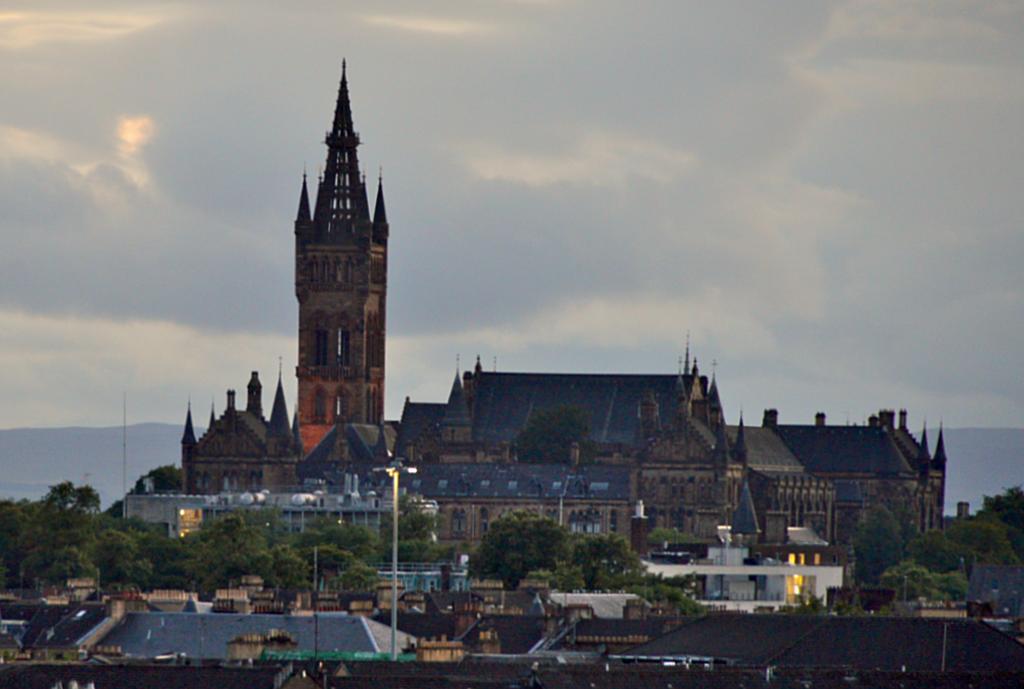Arriving at Speirs Wharf in daylight gave me the chance to catch a strange daylight version of the pic in this post from a few days ago.
I wanted this second view anyway, as I’d found it too hard to try to properly the various building seen in the foreground. As this is a fairly long lens shot, it flattens the perspective, making it really difficult to judge depth, and identify anything in aerial views.
I thought I gone back to the same spot I took the first pic from, but must have been wrong, and been a couple of metres to the side. While the main building was easy enough to match when I made the compare version used below, I found it impossible to align closer verticals, such as the motorway lighting column, which is well out of place.


I was so sure I’d stood in the same spot, it was only when I got frustrated with the match I realised I had missed my spot.
Surprises
I was surprised (shocked?) to see how large the variation in linearity/distortion between these two images was – cameras no carry tables of correction to correct for such things in lenses, and I had expected this to mean the two views would be very similar, but found that despite being shot with the same lens/camera (at max zoom, so no variation in that setting), and from what was virtually the same viewpoint, there were significant differences in the non-linearity across the field of view. While this is never going to be noticeable when just eyeballing one image at a time, when one is laid over the other, and reference points are matched, it becomes obvious that some points in-between are most definitely NOT in the same place.
Not so much a surprise, more of an unexpected confirmation, but the effects of light and shadow on building sides, walls, and roofs can dramatically change their appearance, and make them unrecognisable when trying to identify them in other pics of the same areas taken at different times, and make it almost impossible to find them in aerial views, where the lighting may be quite different.
This has made me appreciate how much help being able to use 3D, or just alternative viewing angles (in Google Earth or Street View), can be when trying to track down old/historic buildings can be.
